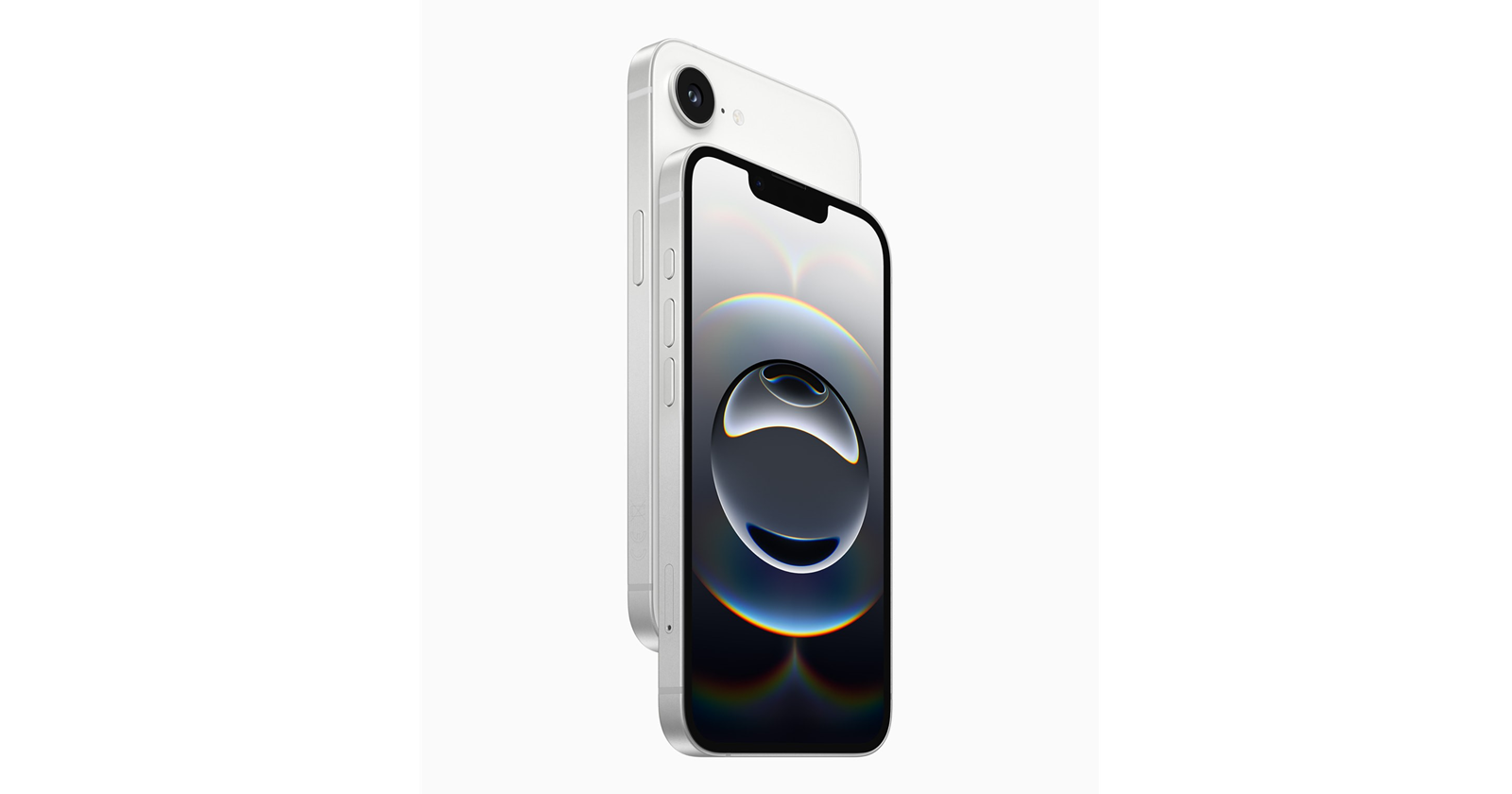Apple’s latest attempt at a budget smartphone, the iPhone 16e, has strutted onto the scene at $599, waving goodbye to the sub-$500 dream of the iPhone SE lineage. With the latest A18 chip, a 48MP camera, and a sleek OLED screen, it’s trying hard to flex its modern muscles. But hold the applause — across the internet, the chatter is loud and divided. Is this phone a clever steal or a cleverly disguised rip-off? Let’s dive into the nitty-gritty of what the iPhone 16e brings to the table — and, more importantly, what it leaves out.
Goodbye, budget bliss – the price hike stings
Remember when the iPhone SE was the scrappy underdog, luring Android users into Apple’s ecosystem with a $399 price tag? Those days are dust. The iPhone 16e’s $599 starting point — nearly $200 more than the SE it replaces — has folks on Reddit crying foul. “The whole ‘budget’ idea behind the iPhone SE is well gone,” one user lamented while terming it as a “rip-off”, and they’re probably not wrong. Apple’s axed the iPhone 14 and SE from its lineup, meaning $599 is now the entry fee to the iPhone club. For comparison, the iPhone 15 sits at $699, and the full-fat iPhone 16 at $799. Suddenly, that $599 feels less like a deal and more like a tease.
Even more users echo the sentiment: “e stands for expensive,” one quipped, while another dubbed it “a bad value.” The vibe? Apple’s playing a pricing game, positioning the 16e as a shiny bait to make the iPhone 15 and 16 look like steals. And with Android alternatives like the Google Pixel 8a ($399), Pixel 9 ($649), the incoming Pixel 9a (rumored to be priced at $499), OnePlus 13R ($599), Samsung Galaxy A55 ($318) and even the upcoming Galaxy A56 offering big screens and solid perks, the 16e’s price tag feels like a bold ask. No doubt that for $599, the 16e faces stiff competition.
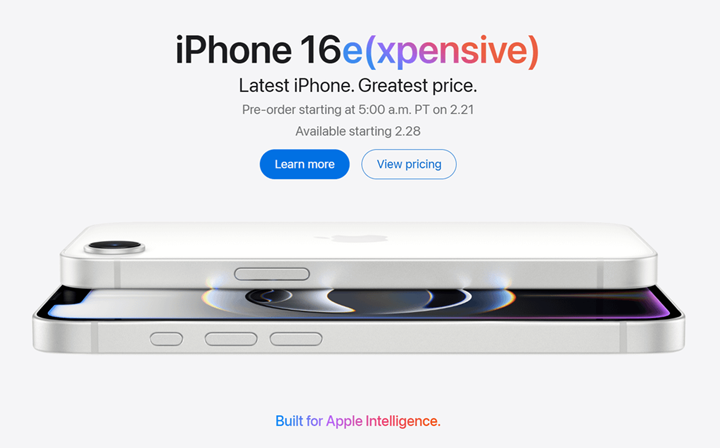
MagSafe? More like Mag-nope
Here’s where the 16e trips over its own shoelaces: no MagSafe. Engadget’s crew is baffled — “People love magnets, fast charging, and accessories!” — and so are we. Since the iPhone 12, MagSafe’s magnetic magic has been a staple, snapping chargers and wallets into place with satisfying clicks and boosting wireless charging to 25W. The 16e? It’s stuck with pokey Qi charging at 7.5W, leaving you twiddling your thumbs while it juices up. Sure, you can slap on a magnetic case, but as The Verge’s Nathan Edwards points out, that’s a workaround, not a win.
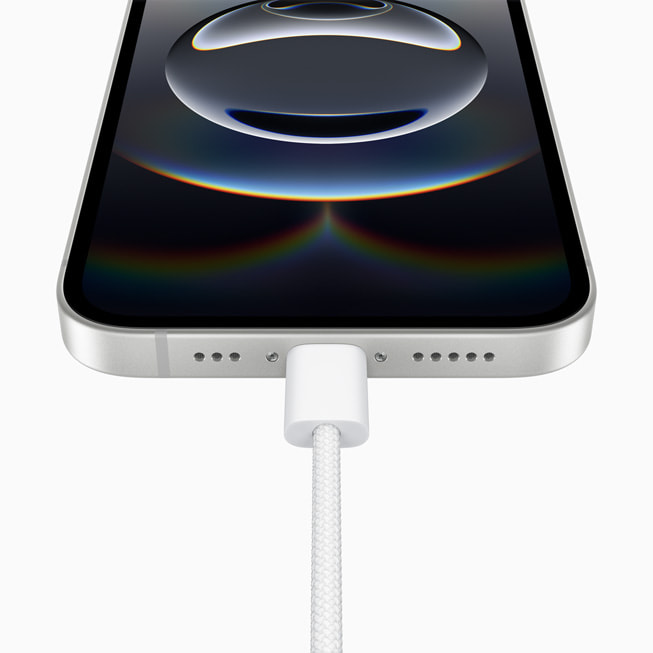
Why ditch it? Maybe it’s a cost-cutting move — MagSafe might be pricier to implement than Apple lets on. Gizmodo speculates it’s a deliberate snub to keep the 16e from stealing the iPhone 16’s thunder. Either way, it’s a bummer.
The next iPhone feels like a cross between the iPhone 16, iPhone 14, and the 2022 iPhone SE. We, too, would love it if the iPhone 16e was just a cheaper reprise of the excellent iPhone 16, but Apple had to cut the fat somewhere, and that may include features you’re used to on fellow Apple devices.
– Gizmodo
Camera corner – one lens, many limits
The 16e rocks a single 48MP “Fusion” camera — a big leap from the SE’s 12MP snapper. It’s sharp, versatile, and can fake a 2x telephoto zoom. But don’t get too excited. Compared to the iPhone 15’s dual setup (48MP main + 12MP ultrawide), the 16e feels like it’s missing a trick. No ultrawide lens means no sweeping landscapes or quirky macro shots. Some Reddit users aren’t impressed either, because they feel it’s a downgrade from the iPhone 14 it replaces given the lack of Cinematic and Action modes.
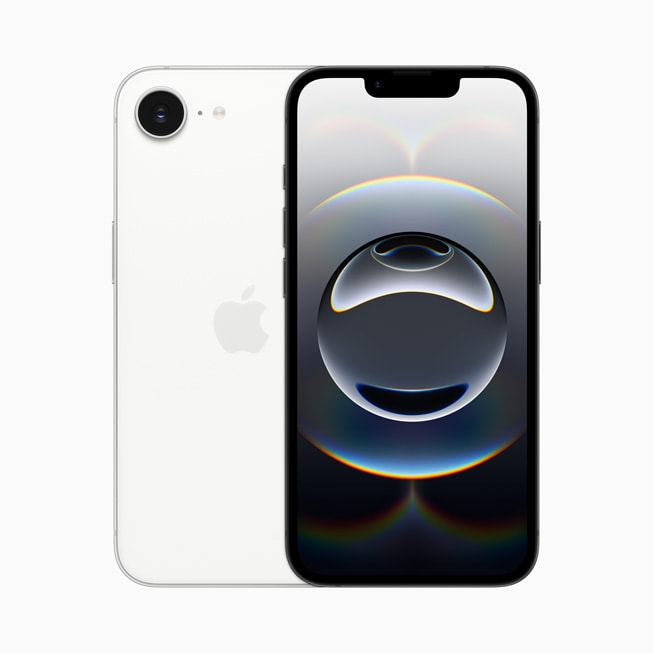
Android peers like the Pixel 8a ($349) flex dual cameras and night mode wizardry, while the Galaxy A55 ($318) tosses in a 50MP main lens, an ultrawide, and a macro lens for less cash. The 16e’s lone ranger vibe is fine if you’re a casual snapper — Vergers like Jess Weatherbed shrug, “only one rear camera? No problem” — but if you’re chasing Instagram glory, it’s a letdown.
Oh, and no Camera Control button either. Gizmodo mourns this loss — a handy trigger from the iPhone 16 lineup that lets you tweak settings without fumbling. For $599, that stings.
Notch vs. Dynamic Island – a step back in time
Say hello to the notch. Yep, the 16e sports that old-school forehead cutout, not the snazzy Dynamic Island gracing the iPhone 15 and 16 families. The Island’s a multitasker — showing Uber ETAs or music controls in a slick, interactive blob. The notch? It just sits there, hogging screen space. Gizmodo’s crew sighs, “It eats a chunk out of the OLED display,” and Reddit agrees: “No Dynamic Island for $100 less than the 16? Rip-off.”
The iPhone 15 ($699) and even used iPhone 14s (around $500 on Swappa) flaunt the Island, making the 16e feel like a throwback. Sure, it nets you Face ID — cheers to that — but it’s a compromise that screams “budget” louder than the price tag.
A18 Lite – power with a catch
The 16e’s A18 chip is a beast, borrowed from the iPhone 16 lineup, with Apple Intelligence in tow (think AI-powered photo cleanup and smarter Siri). But here’s the twist: it’s got a 4-core GPU, not the 5-core version in the 16. Reddit whispers of a “20% slower” binned chip, though most agree casual users won’t notice. “Nobody’s playing Resident Evil 4 on this,” The Verge’s Antonio G. Di Benedetto chuckles.
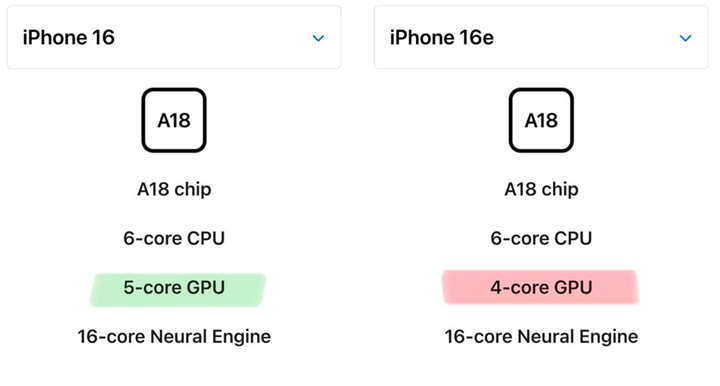
Still, it’s a flex over the iPhone 15’s A16 chip (no Apple Intelligence) and trounces Android mid-rangers like the Pixel 8a’s Tensor G3. Plus, with 26 hours of video playback, it might outlast the 16’s 22 hours. Battery buffs must be buzzing at the best endurance in the 16 lineup, but that missing GPU core? A subtle reminder you’re not getting the full flagship sauce. This, however, isn’t unexpected for a phone that’s here to replace the iPhone SE.
Missing goodies – the laundry list
The 16e skips more than just MagSafe and ultrawide lenses. No WiFi 7 (stuck on WiFi 6), no second-gen Ultra Wideband chip (so AirTag tracking’s less precise), and no colorful vibes — just black or white. Gizmodo calls it “drab,” and I agree. I mean, where’s the fun? The iPhone 15 flaunts pink and yellow hues, while the Pixel 8a rocks a peppy coral.
No SIM slot either (U.S. only) — it’s eSIM or bust. And the screen? A solid 6.1-inch OLED at 1,200 nits, but dimmer than the iPhone 15’s 2,000-nit dazzler. Fine indoors, but squinting in sunlight? Not so chic.
The Action Button – a small win
One bright spot? The Action Button. This customizable gem — snagged from the iPhone 15 Pro and 15 Pro Max– lets you trigger the flashlight, camera, or shortcuts with a press. The Verge’s Todd Haselton raves, “I use it all the time!” It’s a playful perk the iPhone 15 skips, giving the 16e a quirky edge. Finally, a budget iPhone with personality?
So, should you buy it?
Here’s the rub: the iPhone 16e isn’t a bad phone — it’s fast, future-proof, and flaunts a gorgeous OLED. Elders or FaceTime diehards might love its simplicity and stamina. But at $599, it’s a tough sell. The iPhone 15 ($699) or a used 14 ($500-ish) snag you MagSafe, better cameras, and the Dynamic Island. The iPhone 16 ($799) piles on even more — like WiFi 7 and that Camera Control button — for a justifiable splurge.
Android fans? Run to the Pixel 8a, Pixel 9, OnePlus 13R or even wait for the release of the Pixel 9a and Galaxy A56 and pocket the savings. The 16e’s a tweener — too pricey to be a budget champ, too stripped-down to rival flagships. At $499, it’d definitely be a banger. But at $599, it’s a shrug.
So, weigh your wallet and your wishes. If you crave Apple’s ecosystem and don’t mind the compromises, the 16e’s got charm. Otherwise, look elsewhere — or save up. While TechRadar‘s Lance Ulanoff thinks the “e” in iPhone 16e should’ve been an “s” to mean “Special” owing to the new C1 cellular modem, for me, this “e” might just stand for “eh.”
TechIssuesToday primarily focuses on publishing 'breaking' or 'exclusive' tech news. This means, we are usually the first news website on the whole Internet to highlight the topics we cover daily. So far, our stories have been picked up by many mainstream technology publications like The Verge, Macrumors, Forbes, etc. To know more, head here.

